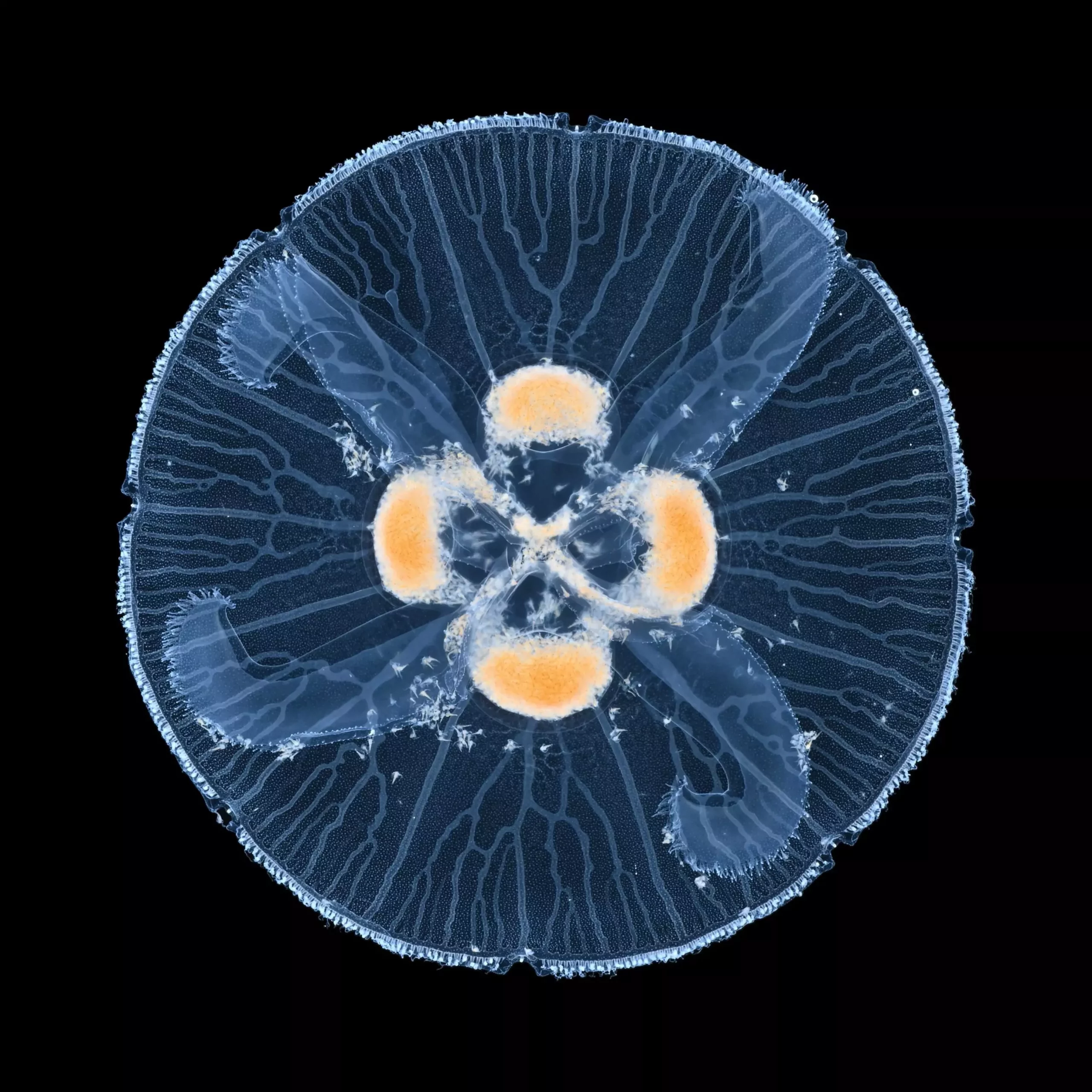In the intricate tapestry of nature, various transport networks serve vital functions, from the circulatory system of living organisms to the electrical discharges observed during thunderstorms. A recent study, published in the *Proceedings of the National Academy of Sciences*, delves into the dynamic mechanisms that drive the formation of loops within these networks. Led by an international team of researchers, including Ph.D. student Stanislaw Żukowski from the University of Warsaw, the research sheds light on how interactions between network branches shift dramatically when they encounter the boundaries of their systems.
The researchers propose that naturally occurring networks can take on various geometric shapes, some resembling trees where branches only repel each other, and others exhibiting looping structures through attraction and reconnection. This fascinating behavioral shift towards loop formation is especially noted in living organisms, where looping networks efficiently transport essential substances while minimizing vulnerability to damage.
Transport networks laden with loops provide a critical advantage in terms of stability. In systems devoid of looping structures, the destruction or blockage of any single branch can compromise the entire network. This could lead to catastrophic failures, such as in the circulatory system where a damaged blood vessel may restrict blood flow to vital organs. Conversely, in networks enriched with loops, alternative pathways remain available, ensuring continuous function despite potential disruptions.
The team from the University of Warsaw had previously described the mechanisms preserving existing loops, yet the initial dynamics leading to their formation had remained enigmatic. The challenge now was to unravel how these networks adapted and grew in response to various diffusive fields, such as substance concentration gradients or electrical potentials.
Interestingly, natural networks exhibit distinct properties in terms of resistance when compared to their surrounding mediums. For instance, during electrical discharges, lightning conductors exhibit lower resistance than the surrounding air, leading to the attraction of discharges towards them. This principle of how differences in resistance generate competitive dynamics among branches laid the groundwork for the researchers’ exploration into looping behaviors.
The capable team, guided by Prof. Piotr Szymczak, made a significant breakthrough by demonstrating that even minute variations in a network’s resistance could induce attractions between growing branches, culminating in loop formation. Collabortaive efforts in the research introduced new perspectives on morphogenetic processes, particularly in the gastrovascular canals of jellyfish, which exemplify complex transport networks enriched with loops.
As researchers journeyed deeper into the study, they observed similar looping phenomena across various environments. From laboratory experiments—such as the Saffman-Taylor experiment that captures the interplay between two unstable fluids—to the intricate workings of jellyfish canal networks, a robust consensus emerged on the underlying mechanism promoting loop formation.
The visual observation of smaller canals gravitating towards a larger canal in the jellyfish when nearing the stomach illustrates a tangible instance of this loop formation principle. The presence of loops facilitates a broader array of circulatory routes, thereby enhancing the jellyfish’s ability to transport nutrients efficiently even in the face of potential hindrances.
The research team’s findings transcend mere biological systems, extending to physical phenomena observable in electrical discharge and fluid mechanics. They developed a model that elucidates interactions between various branches, focusing on how said interactions are affected when branches approach the limits of their system. This momentous shift from repulsion to attraction leads inexorably to loop formation, showcasing a vital aspect of network growth.
Moreover, the implications of their findings expand widely across fields, suggesting a universal principle of loop formation that might apply regardless of the specific geometrical configurations of networks or the predominant resistance being considerably high. This revelation unveiled a potentially profound insight for scientists and researchers seeking to understand dynamics in both physical and biological systems.
As nature continues to present enigmatic phenomena through its vast array of transport networks, researchers from the University of Warsaw and affiliated institutions are setting the groundwork for future explorations and applications of their findings. By establishing a framework to understand how loops form in various systems, they pave the way for advancements in biological systems, environmental science, and even the development of more robust engineered systems. The study of loop dynamics not only enriches our understanding of life’s complexity but also reflects the intricate interconnections that define natural processes. As we unravel the threads of these networks, the potential for new scientific breakthroughs continues to expand.


Leave a Reply